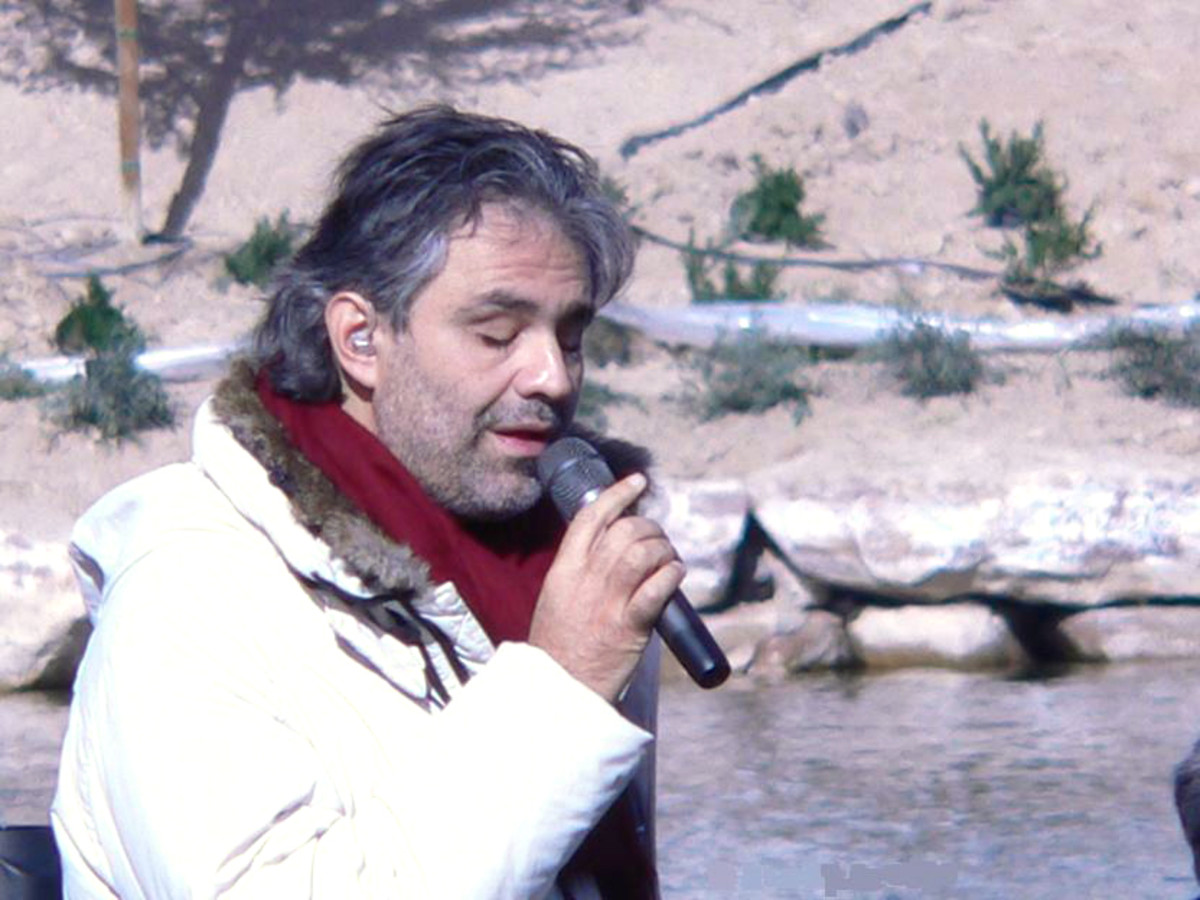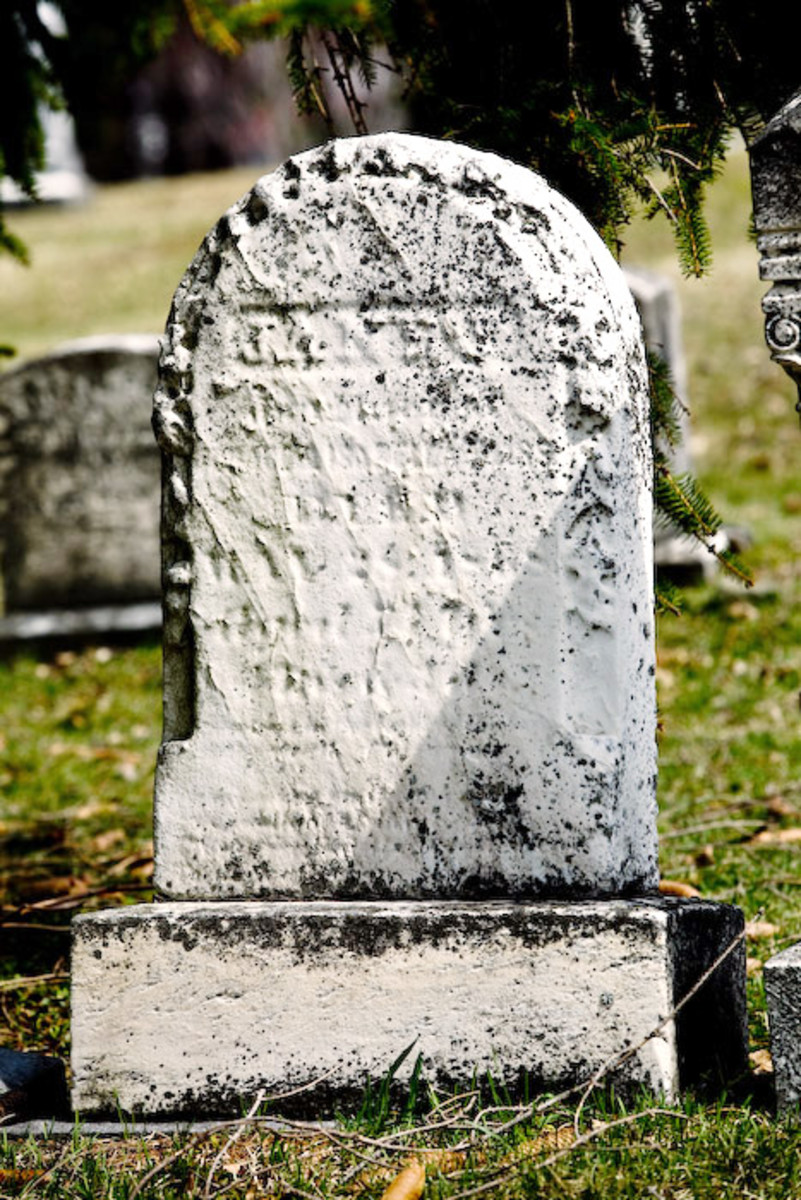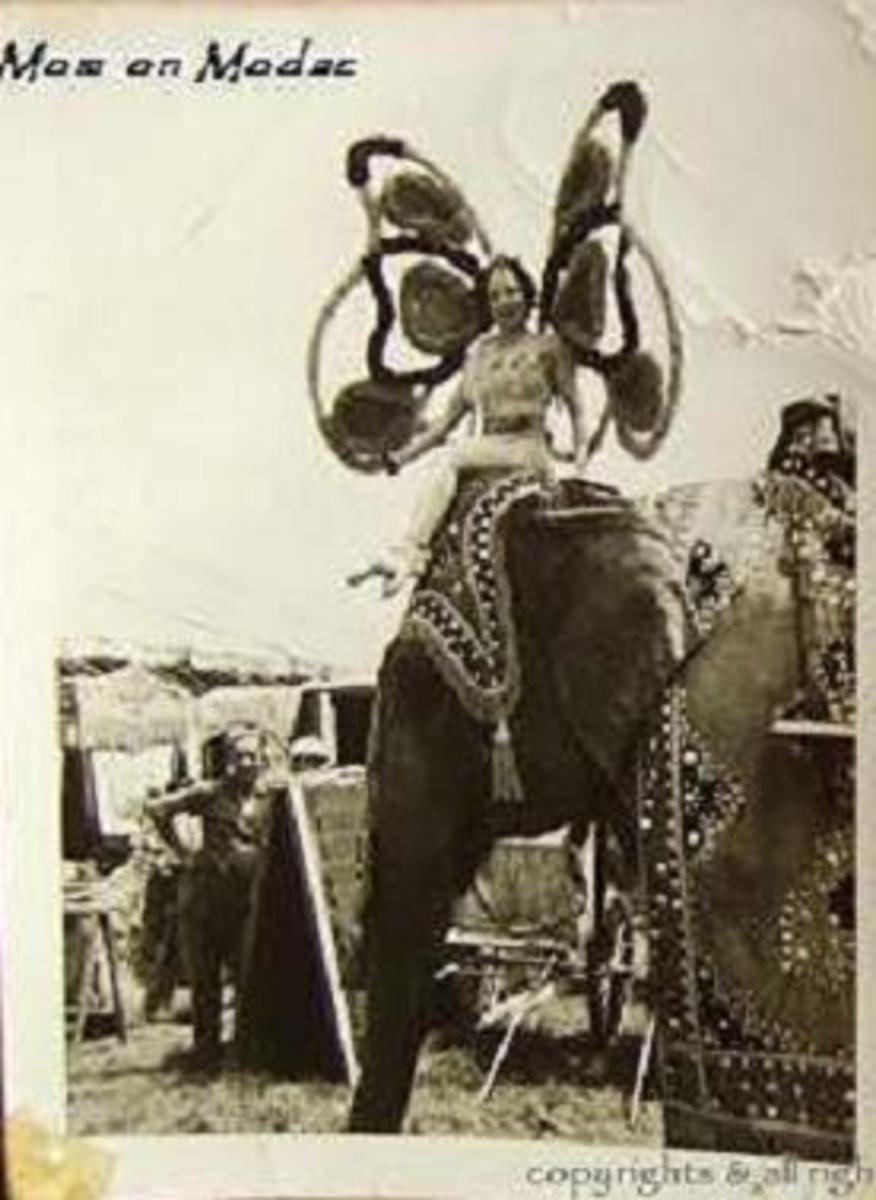St. Louis No. 3- New Orleans Leper Colony becomes a Graveyard
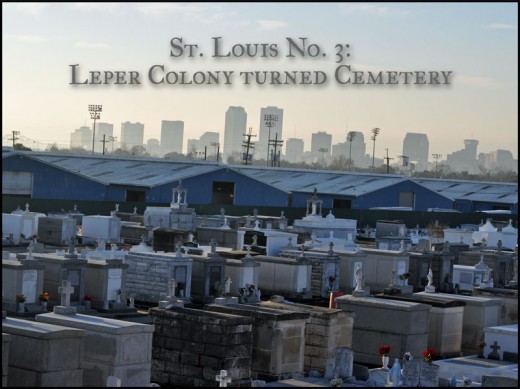


Hours and Info
Location: 3421 Esplanade Avenue
Hours: Monday-Saturday 8:00am - 3:00pm
Saturday: 8:00am - noon
Holidays: closed
Established: 1854
*All photos were taken by and are the property of the author*
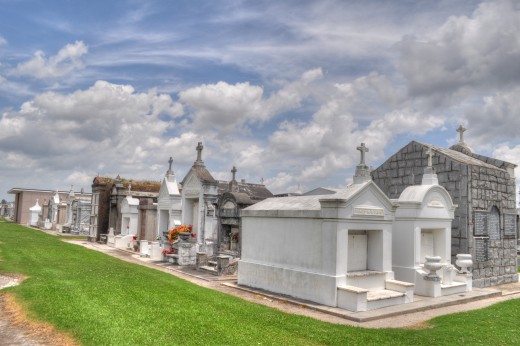
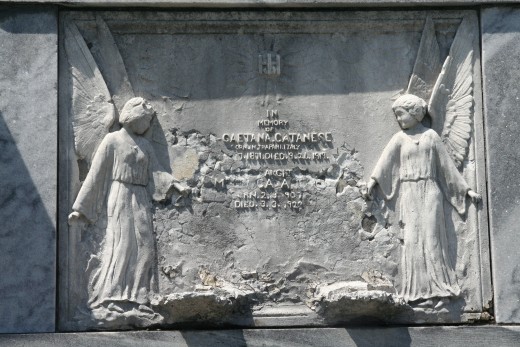
From Humble Beginnings...
In the late 1700s, the Louisiana colony extended far beyond the current state's boundaries, encompassing the Gulf Coast into the Florida panhandle, and Governor Bernardo de Galvez was responsible for all of it. A military man, he prefered the battlefield to more mundane administrative duties.
It's not entirely surprising that when leprosy was found to be spreading in his district he set aside land for a leper's colony, but forgot to build accommodations for the afflicted- Galvez was busy helping the Americans win their independence from Great Britain at the time. His help included both smuggling supplies to the rebels as well as fighting the Brits, while also keeping the Indians at bay and taking Pensacola for himself.
By 1785 Galvez had returned to Spain and his successor, Gov. Miro was in charge. The records of the Cabildo state:
At this time a letter from Don Andres Almonaster was presented in which he states he has built a hospital for the lepers, with four separate divisions, large enough to lodge many white families with separate quarters for colored people [with] a canal which he has constructed for the sick people to bathe in; that the lepers may be kept together, there being a large number.
Mailhes Tomb
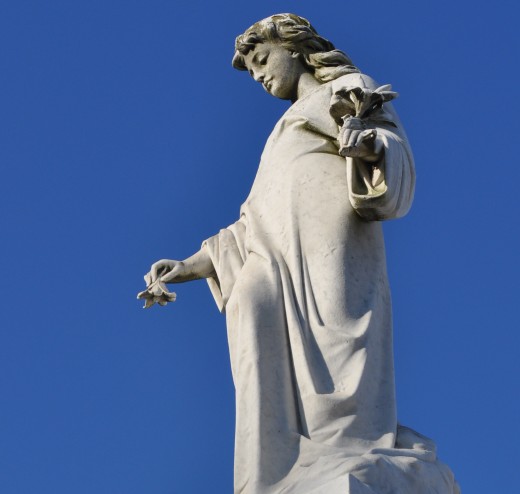

This might have been an overstatement on Almonaster's part, however, since only 15 years later, the record shows:
At this time the Surgeon of the Charity Hospital, Don Luis Giovellina, calls attention to the deplorable condition of the lepers in the “San Lazaro” Hospital, without servants or even partitions to separate the sexes.
The city attempted to collect fees from their patients' families to cover their care, including having the hospital hold a mortgage against their homes at 5% interest, but presumably many of the families were too poor to manage the payments.
Due to the great fear of the disease's spread, the patients were kept in quarantine on the hospital's grounds, and those who died were buried there. Sadly, we now know this was unnecessary- it's very difficult to transmit the disease, and 95% of the population as natural immunity to it, regardless.
Society Tombs
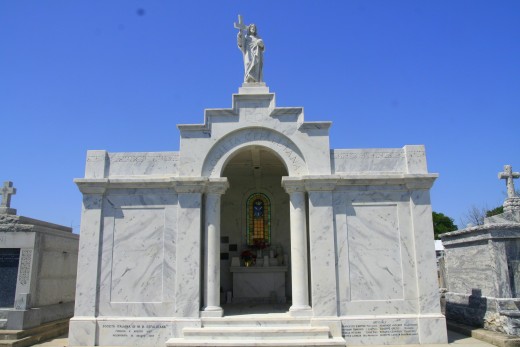
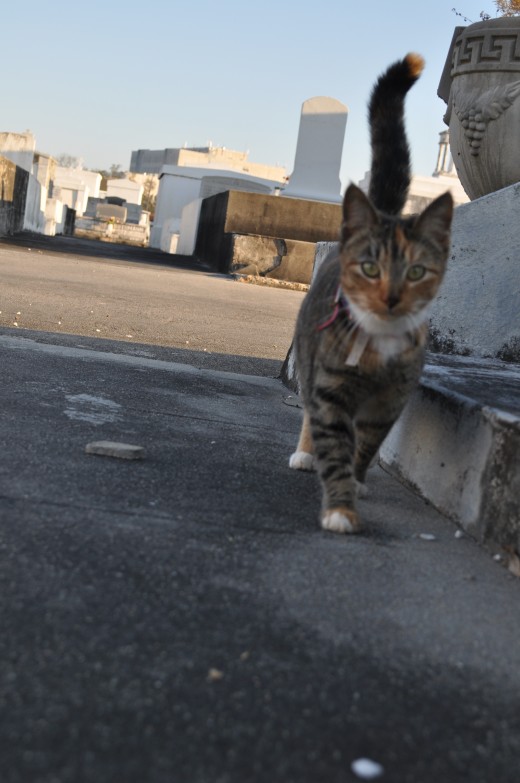
Yellow Fever becomes a bigger concern than Leprosy
1853 brought the city's biggest Yellow Fever outbreak in its history- 7,849 dead and more than twice that number made seriously ill. Bodies were literally piled up outside of cemeteries around the city ("like cordwood" is the phrase the newspapers often used) because the sextons couldn't keep up.
By that point there were few lepers and the ones hospitalized were being treated with a combination of chaulmoogra oil (a traditional Chinese herbal medicine) and strychnine, which gave the patients terrible stomach pains but arrested the disease.
Killing two birds with one stone, the region's leper colonies were combined, and San Lazlo was bought for $15,000 to be converted into a cemetery in 1854.
Gallier Cenotaph
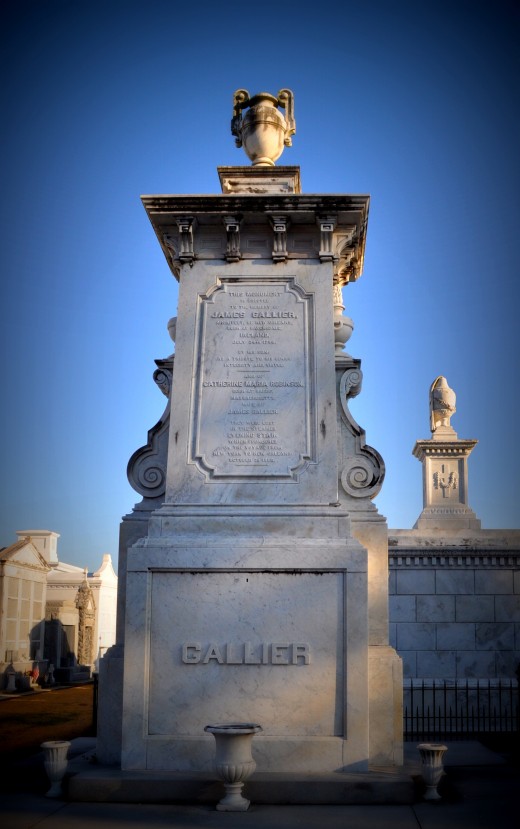
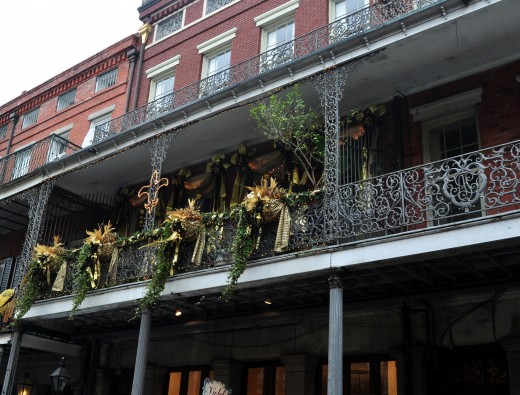
There are no bodies under this marker, as James Gallier and his wife's bodies were never recovered. The inscription reads:
This monument is erected to the memory of
JAMES GALLIER,
architect, of New Orleans, born at Ravensdale, Ireland, July 24th 1798
By his son, as a tribute to his genius integrity and virtue.
And of
CATHERINE MARIA ROBINSON,
Borne at Barre, Massachusetts, Wife of James Gallier.
They were lost in the steamer EVENING STAR, which foundered on the voyage from New York to New Orleans. October 30 1866
An architect, Mr. Gallier designed some of the most famous buildings in the city, including Gallier Hall, the Pontalba buildings, The Leeds building and several churches in the city.
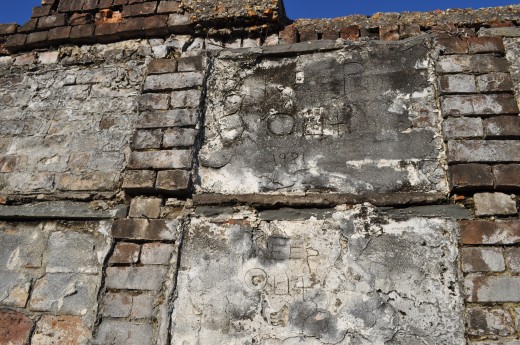
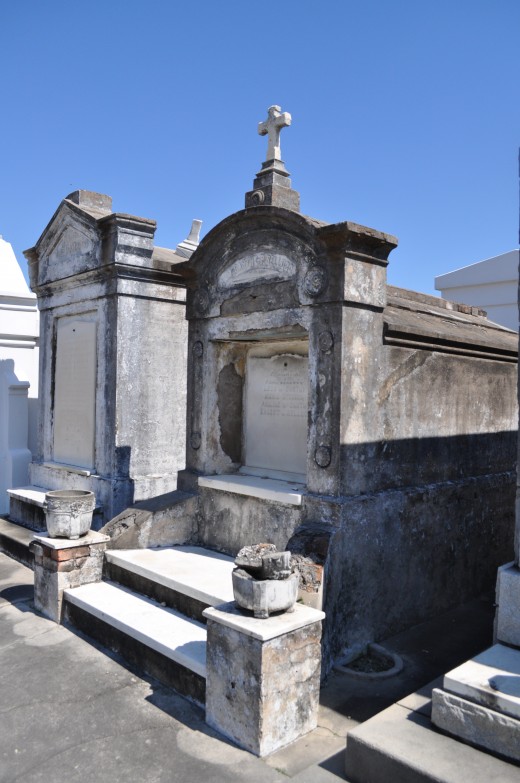
The city grows up around the graveyard
Despite the summer epidemics New Orleans was growing fast. The leper's colony was placed out in the swamps initially because it was well outside of the city, but that was rapidly changing.
Partially thanks to improving drainage methods, building was now more feasible out in Bayou St. John- previously best known for being the location of Marie Laveau's mysterious Voodoo rituals. The cluster of the Fairgrounds Racetrack, City Park and the cemetery (then called "Bayou Cemetery") were all founded within 2 years of each other.





